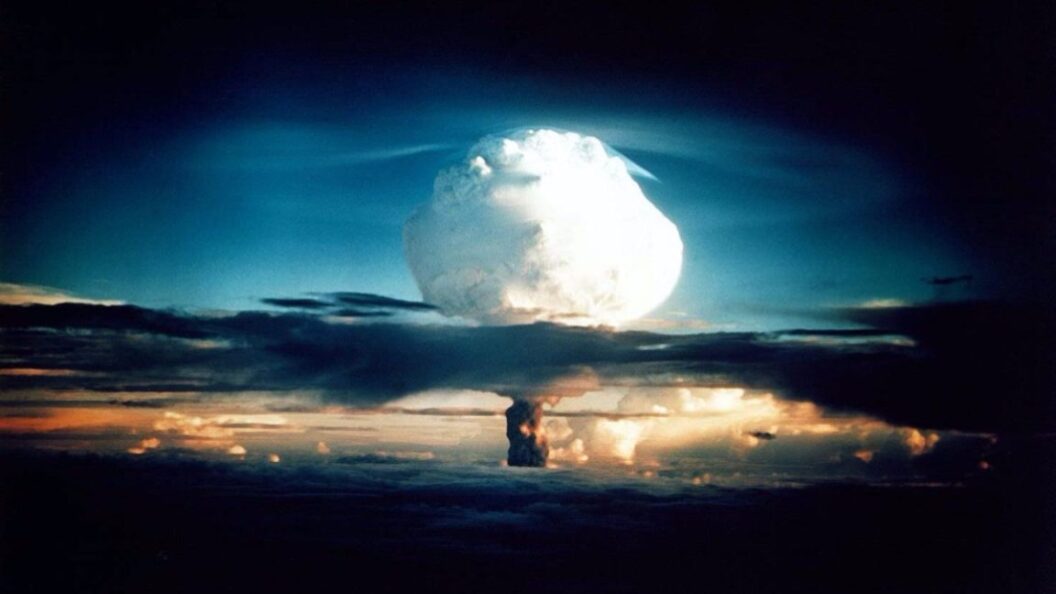Preserving Human Expression: The Emergence of a New Digital Archive
In an era increasingly overshadowed by artificial intelligence (AI), efforts to conserve pre-AI artifacts are gaining newfound significance. British software engineer and writer, Graham-Cumming, has launched a website aimed at cataloging human-generated content that predates the advent of AI-generated material. This initiative seeks to preserve a snapshot of human creativity and communication, allowing future generations to connect with unaltered cultural expressions.
The Vision Behind the Archive
Graham-Cumming is previously known for his contributions to tech preservation and advocacy, notably through his creation of POPFile, an open-source email spam filter, and for his successful campaign urging the UK government to apologize for the persecution of codebreaker Alan Turing. In his recent endeavor, he established a repository—lowbackgroundsteel.ai—in March 2023. The site serves as a centralized hub for online resources untouched by AI, which he believes are at risk of being diluted or completely obscured in a landscape increasingly dominated by machine-generated content.
Key Resources and Content
The website aggregates various historical archives of pre-AI content. Among its notable inclusions are:
- Wikipedia Dump: A copy from August 2022, predating the rise of popular AI models like ChatGPT.
- Project Gutenberg: A vast collection of public domain texts.
- Library of Congress: An extensive archive featuring photographs and historical documents.
- GitHub’s Arctic Code Vault: A significant project that preserves a snapshot of open-source code deep within a coal mine, dating back to February 2020.
Graham-Cumming has also invited contributions from the public, allowing users to submit additional sources of pre-AI content through a dedicated Tumblr page. The initiative underlines the importance of documenting human creativity and expression before AI began to meddle with our cultural outputs.
Strengthening the Case for Preservation
This digital project draws a parallel with low-background steel, a material that was once crucial until the cessation of atmospheric nuclear testing rendered its use largely obsolete. Graham-Cumming emphasizes that understanding how human communication evolved is critical, especially as AI becomes more integrated into our daily lives. He suggests that preserving the original artifacts of human creativity can help maintain the historical record, mitigating the risks posed by ‘AI slop’—the potential distortion AI-generated content could impose on our understanding of the past.
Reflections on Future Relevance
Graham-Cumming’s archive stands as a vital effort in what he calls digital archaeology. As we traverse further into the AI era, the delineation between human and machine-generated content will inevitably blur. This project may serve as a crucial resource, offering a clearer perspective on human creativity before the rise of AI. The significance of this digital repository may grow as societies grapple with the implications of AI on media, culture, and communication.
In conclusion, lowbackgroundsteel.ai represents more than just an archive; it is a proactive approach to preserving a pivotal moment in human expression. While the future of pre-AI content remains uncertain, Graham-Cumming’s endeavor embodies a commitment to safeguarding our cultural heritage against the encroachment of technology.









